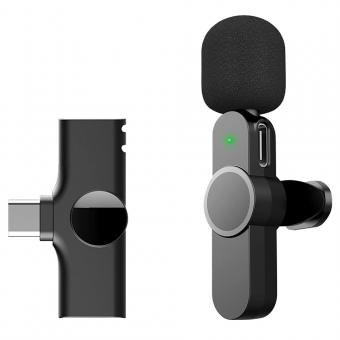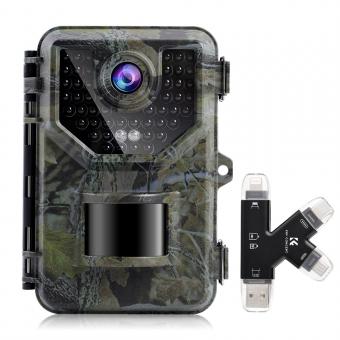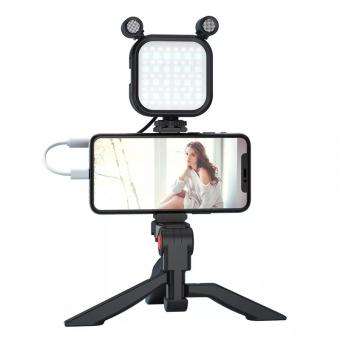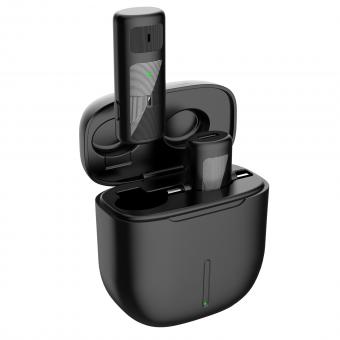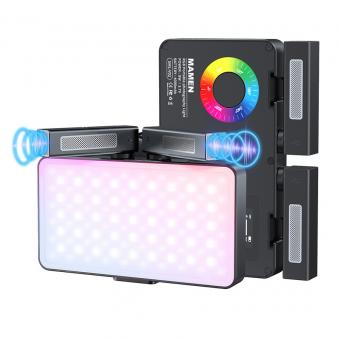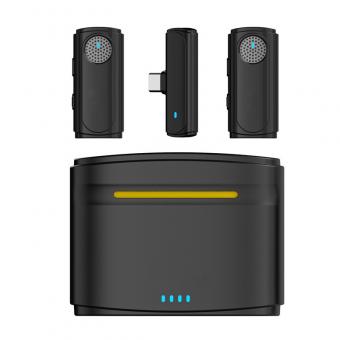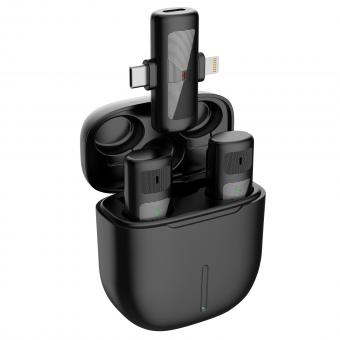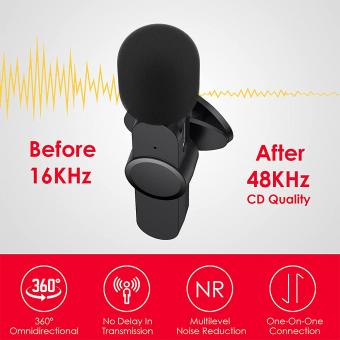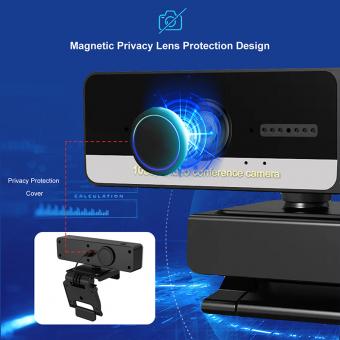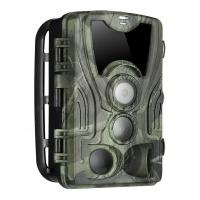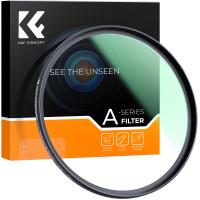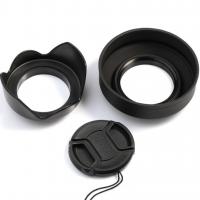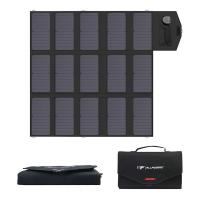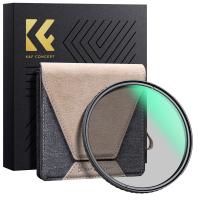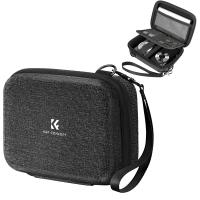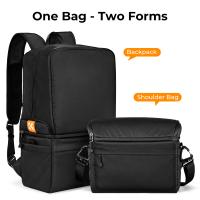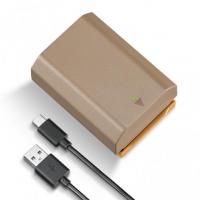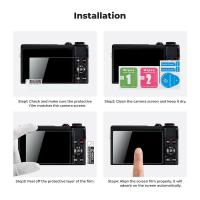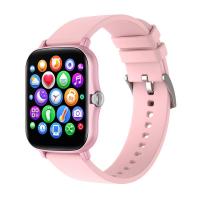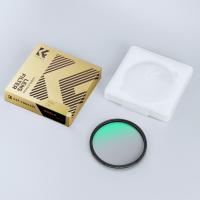How To Record Videos Without Sound?
Recording videos without sound can be an important requirement for various reasons including maintaining privacy, focusing on the visual content, or preparing clips for professional editing where sound will be added later. This practice is common in fields such as journalism, filmmaking, social media content creation, and personal documentation.
Continued interest in silent video recording has seen numerous methods evolve, whether through professional-grade equipment, built-in smartphone functionalities, or specialized software applications. Below is a comprehensive guide that covers several techniques you can use to record videos without sound effectively.
1. Using Smartphone Cameras:
Most modern smartphones come equipped with high-resolution cameras and advanced settings that often allow for silent video recording.
iPhones:
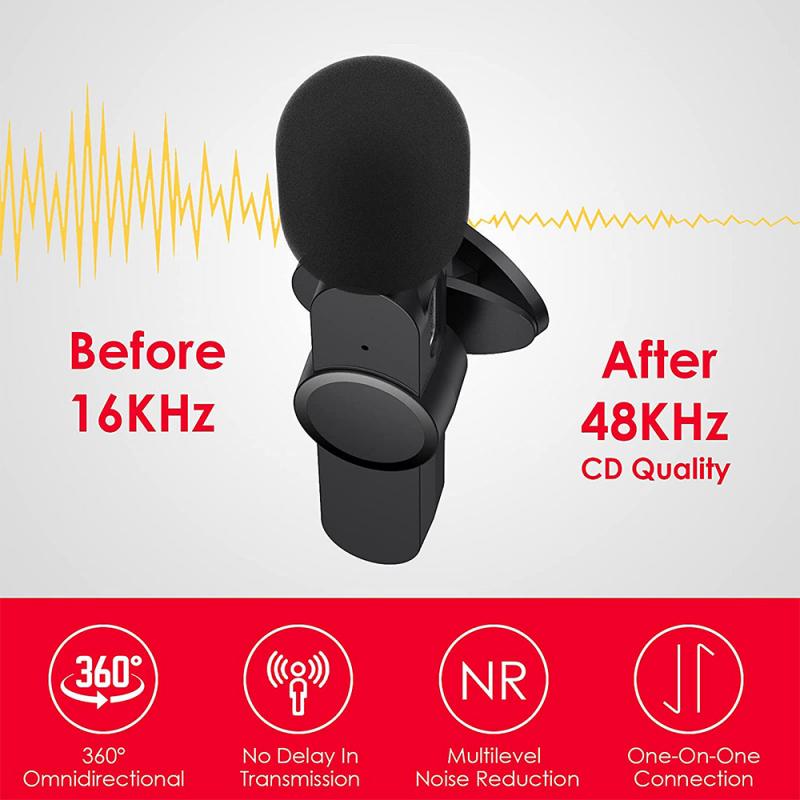
- Open the Camera app.
- Switch to Video mode.
- Tap the mute icon (displayed as a microphone) to disable audio recording. Older iPhone models may not support this feature natively, it is typically available from iOS 14.0 and above.
Android Phones:
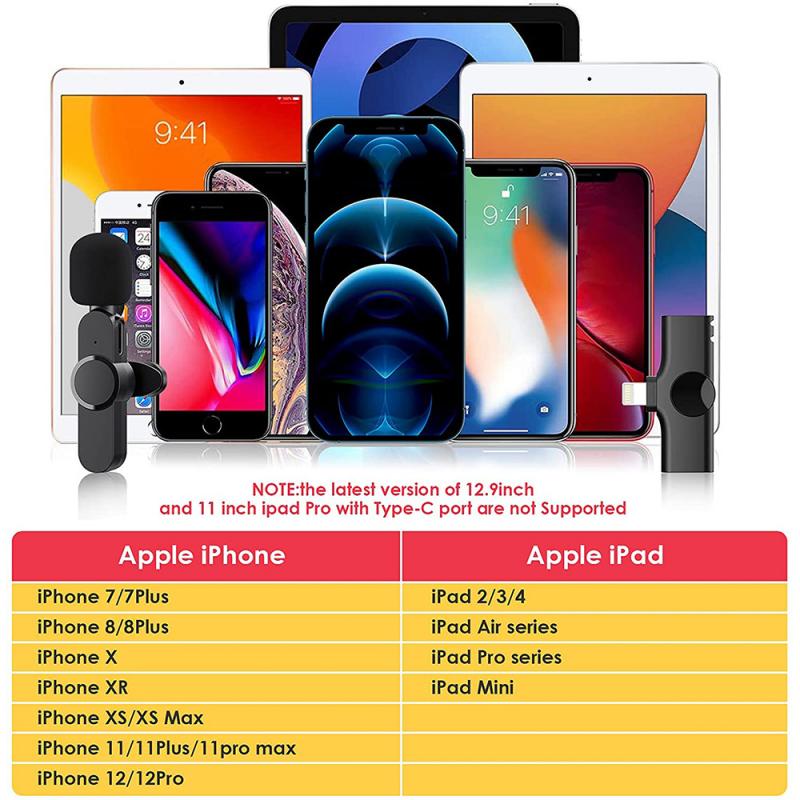
- Launch the Camera app.
- Switch to Video mode.
- Look for a settings icon (cog or three dots) typically found in the upper right or left corner.
- Within settings, you can find an option to turn off the microphone or audio recording.
If these options are not natively available, you might need third-party apps like Filmic Pro or Open Camera which offer more granular control over video and audio settings. These apps usually have a direct option to mute the audio during recording.
2. Using Dedicated Video Cameras:
For those who are capturing video professionally, most dedicated video cameras include an easy way to turn off audio recording.
- Navigate to the menu options on the camera.
- Locate the audio or sound settings.
- Turn off the audio recording feature. This is often labeled as "Mic off" or selecting an "Audio: off" mode.
High-end cameras might have an additional benefit of providing physical switches or dials to control the microphone input level, allowing for more straightforward manipulation during a shoot.
3. Online Video Recording Tools:
With the rise of browser-based solutions for various tasks, several online tools can help users record videos without sound.
- Most online video recording tools have a feature to disable audio within their settings.
- Services like Screencast-O-Matic and Loom typically offer browser extensions or web-based platforms where you can toggle the microphone input to off before starting to record your screen or webcam.
Using these tools provides a quick solution for freelancers, educators, or anyone needing to quickly record silent videos without the hassle of additional software installation.
4. Screen Recording on Computers:
Sometimes, recording your computer screen without sound is necessary for creating instructional videos, troubleshooting guides, or software demonstrations.
Windows:
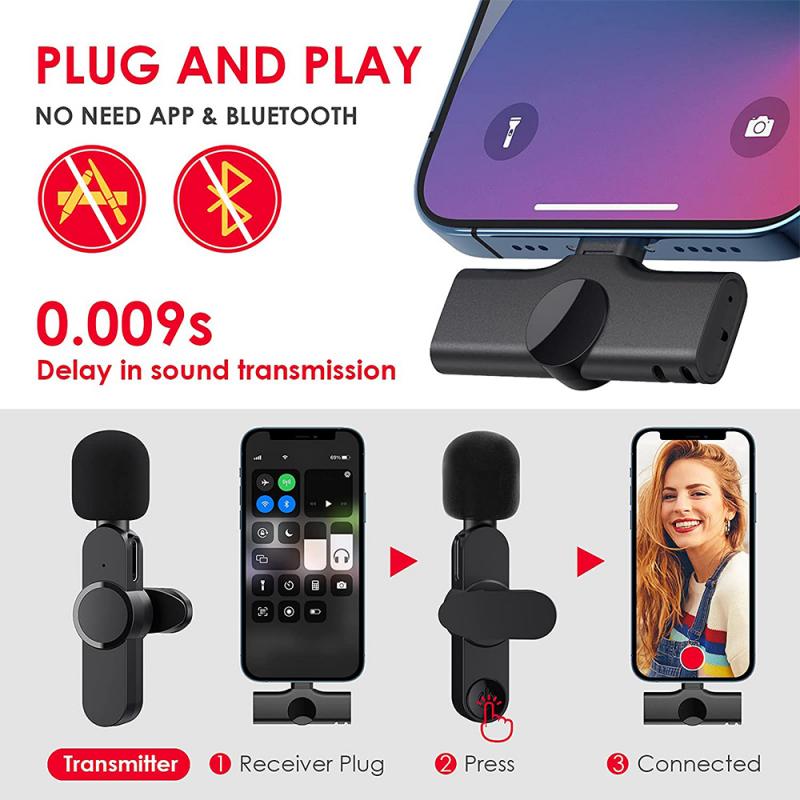
- Press `Win + G` to open the Xbox Game Bar.
- Navigate to the capture settings and turn off the microphone.
Third-party solutions such as OBS Studio allow for more sophisticated settings. In OBS Studio:
- Create a new capture source.
- Choose the "Mute" option on the audio mixer for the video feed you are capturing.
Windows Snip & Sketch tool also provides a microphone toggle for video recordings, as does many other dedicated screen capturing software.
Mac:
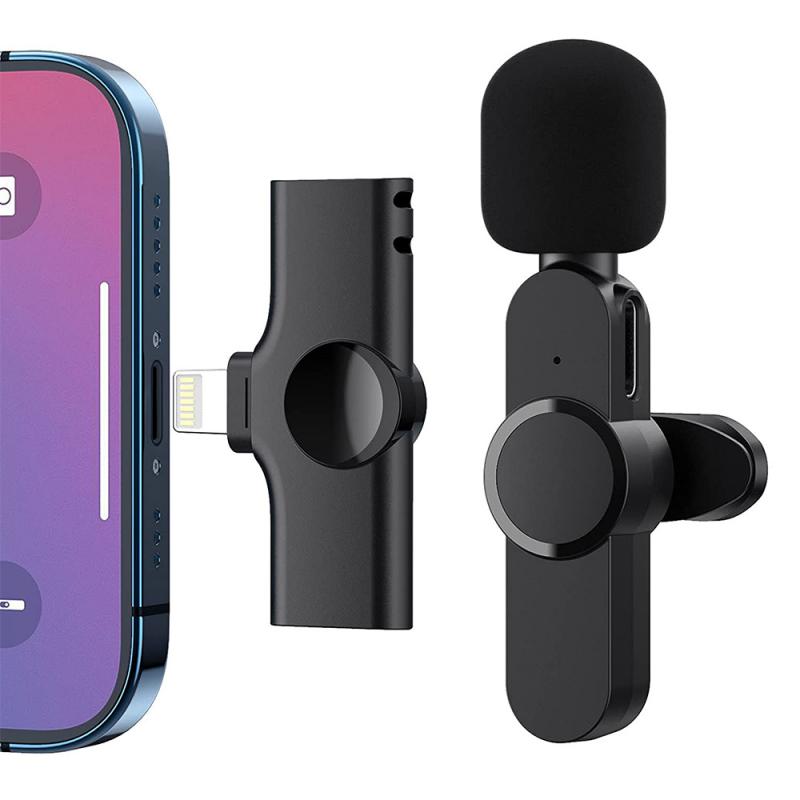
- Open QuickTime Player.
- Navigate to File > New Screen Recording.
- Before starting the recording, click the arrow next to the record button and select "None" under the Microphone option.
Editing out Sound Post-Recording:
If you already have a recorded video with sound but need to remove the audio later, video editing software can be useful. Here’s how to do it with some popular tools:
Adobe Premiere Pro:
- Import your video into the Premiere Pro timeline.
- Right-click on the audio track and select "Unlink."
- Select the audio track and press `Delete`.
iMovie:
- Import your video clip.
- Drag it onto the timeline.
- Right-click on the audio waveform below the video and choose "Detach Audio."
- Select the audio track and press `Delete`.
Online Video Editors:
Web-based tools like WeVideo and Kapwing typically have intuitive interfaces that provide similar functionality to detach and remove audio tracks from videos.
Practical Applications:
Understanding how to record videos without sound or editing out audio can be particularly useful in various scenarios:
- Content Creation: Social media influencers and YouTubers often need B-roll footage without sound that will later be overdubbed with music or narration.
- Corporate Training: Silent video recording can clear unnecessary distractions, allowing the focus to stay on the visual instructional content.
- Education: Instructors preparing lecture videos or demonstrations might require silent clips that will later have voice narrations explaining the details.
- Privacy Concerns: Journalists or private investigators collecting field recordings may need to ensure no sensitive or identifiable audio is captured.
By mastering these methods, anyone ranging from amateur videographers to professional filmmakers can ensure their videos remain distraction-free and tailor their content to meet their specific needs. Sound, while an essential component of video, sometimes needs to be managed or omitted to produce the most effective visual message. Whether you're recording with a phone, a dedicated camera, or through some online tool, the method to achieve silent videos is readily accessible and implementable with minimal effort. This skill sets the stage for proper video post-production and methodical content creation.




